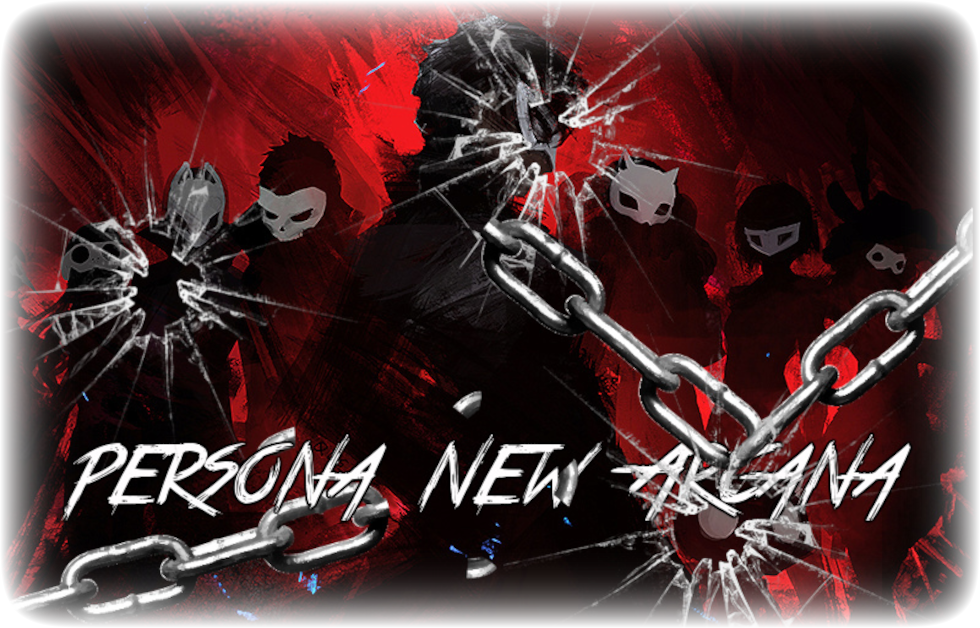When you are hacking a computer or system, you will be hacking through directories and files
(represented as gray files) to create a route from the
blue Input/Output Home port to finally reach and capture all the Green Registries
(represented as a green/gray globe). Some files and directories may take a few turns. The number of turns it may take will have a number next to these nodes. And some of them may have
a lock symbol on them with a number, this means you must capture an equal number of nodes before you can finally try to capture it.
There is at least one Firewall
(represented as a red/gray rectangular stack icon) that will try to attempt to capture your I/O Home Port. However, it will not capture you right away. The moment you try to capture any node, it will have a base 30% chance of the Firewall detecting you and then proceeding to capture nodes to finally end up capturing you. Detection chance increases by the difference of the difficulty ranking of the hack and your Intelligence ranking by 10%. (I.E. You have Rank 2 and System is difficulty rank 4. Then the Firewall chance of detecting you is 50%.) But if you end up capturing the Firewall instead, then you have successfully hacked the entire system. However, sometimes you cannot reach the Firewall.
Because some paths will have an arrow on it. You cannot go through the opposite direction of where the arrow is pointing at. Thus, some paths maybe closed off to you and open to the Firewalls or vice versa.
Spam nodes have a lowered 20% chance of detection and
are represented with a envelope icon. These are usually unnecessary, but can be used to count for unlocking locked nodes. Transfer/Clearance nodes can be captured to lower the number of Locked nodes and how long it takes to capture a node by one. Thankfully this only applies to whoever captures it.
These are represented by a cog icon, keep an eye out for those if you want to make it easier on yourself. Data-store nodes are also other unnecessary nodes, but they give out a modicum amount of exp and some VC.
These are represented by the cube icon.
Be aware, if the difficulty of the hack is higher than your intelligence rank, then the paths and all the available nodes will be obfuscated until you capture more nodes to clear the way. You will still be able to see the Firewall, but you will not know which path is connected to it.
The type of actions you can make in hacking are capturing and fortifying. Capturing is self-explanatory. But fortifying is what you do to already captured nodes aside from your I/O port node. You make it harder for the Firewall to capture through. Fortifying it will add two more turns for the Firewall to try to capture a specific node and it will be vital for you to use to buy yourself more time. But sometimes with multiple Firewalls, they can work together to lessen the time of capturing that fortified node. The number of actions you can take is based on your Intelligence ranking. You may only capture nodes that is closest to you and progress gradually from there.
Also remember, if there is a folder that looks strange, chances are it might be something you might not want to try to hack into.
You may make multiple paths. But be careful, you may increase your chances of detection should you do so.
- New Feature:
When hacking into terminals, there can be a chance that it will be divided into several "levels" marked in numbers in the corners of the screen and divided by a green line. Locks and nodes in a given level will only count folders captured in that same level. Folders captured in a different level will not count towards locks in a differing level.
Firewalls can still act together and have their cumulative folders captured count regardless of different level. However, they will not necessarily be triggered together to fight back as long as folders captured that trigger the alarm are not in the same level.
Each level will have a Registry of their own. It goes without saying to successfully hack the terminal, you must capture all of them in all levels.




